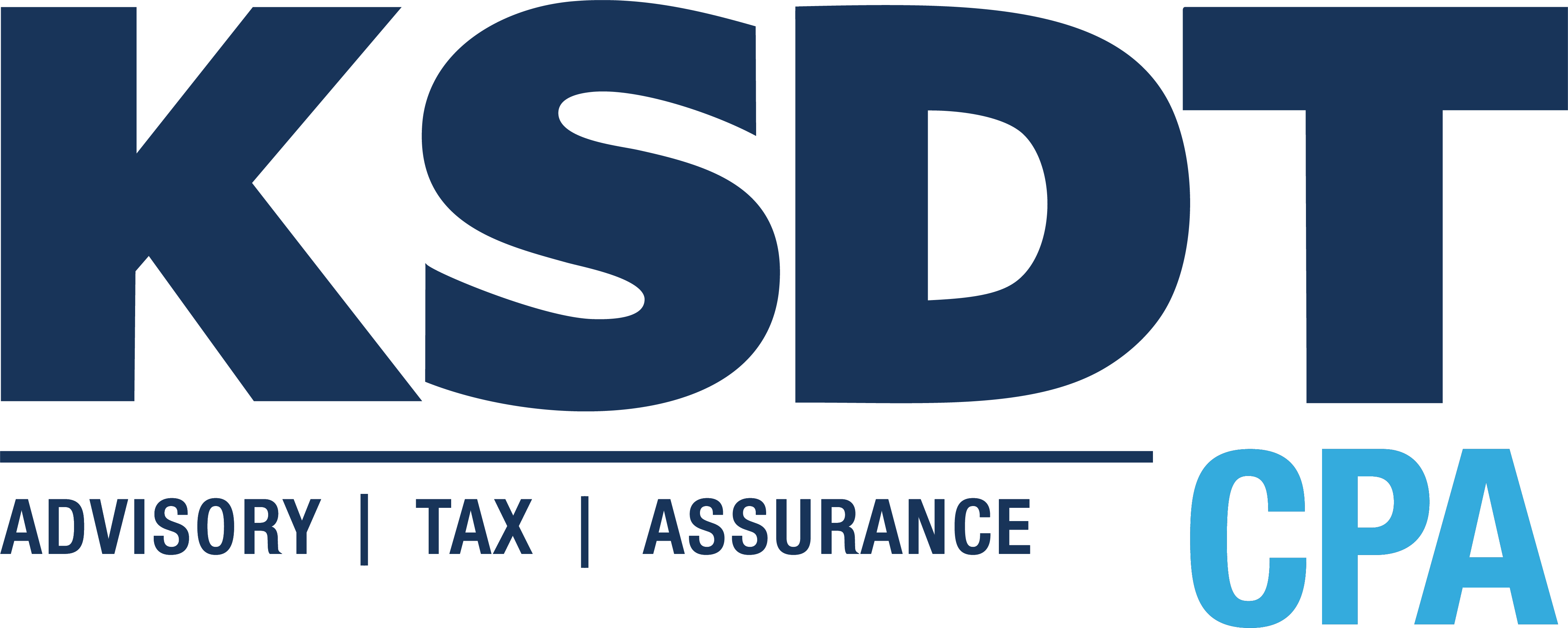If you have workers in your business, you likely made a decision when you hired them as to whether they should be an employee or a contractor. If all you hire are employees, then you have nothing to worry about. But if you hire contractors, there may be some financial risk you may be taking that you may not know about. Read more
Any person that runs a business as a sole proprietor that you pay money to for services rendered is considered a contractor. One difference between an employee and a contractor is that an employee receives a W-2 and a contractor that you have paid more than $600 per year by check receives a 1099. There are many other paperwork differences, but that’s the major one.
One of the biggest mistakes when a business owner hires a worker is thinking that they can decide to classify the worker as a contractor if they simply want to. Unfortunately, it’s the IRS that decides on the classification, not the worker or the business owner.
What’s the Risk?
There is no risk from an IRS standpoint to classify a worker as an employee instead of a contractor. There is significant financial risk if you incorrectly classify a worker as a contractor when they should be classified as an employee. You may be liable for back employment taxes if the IRS re-classifies a worker from contractor to employee, and this can go back many years.
To calculate your risk, take roughly 20 percent of the payments you made to contractors. This amount plus late fees and penalties can add up to what you could owe the IRS if you are mis-classifying workers and the IRS finds out.
IRS’s Employee vs. Contractor Rules
The IRS focuses on three factors to determine whether a worker should be a contractor or an employee: behavioral control, financial control, and type of relationship.
If you control both what and how a task is to be done, you should probably classify your worker as an employee. If you can control only the results you want, you may be able to classify the worker as a contractor.
There are many other rules about this classification, so be sure to check with your tax accountant for more information. Also, for those of you that love tax research, here’s a link that gives the full details of the IRS rules: http://www.irs.gov/Businesses/Small-Businesses-&-Self-Employed/Independent-Contractor-Self-Employed-or-Employee
Having a successful business is all about taking calculated risks; however, you may not have known the risk you’ve been taking with contractors that you’ve employed. For the IRS, misclassifying workers is a “red flag” area, meaning they are paying extra attention to it. If you feel like you might be taking a risk that you don’t want to, please reach out and let us know how we can help you with this.
